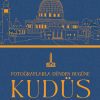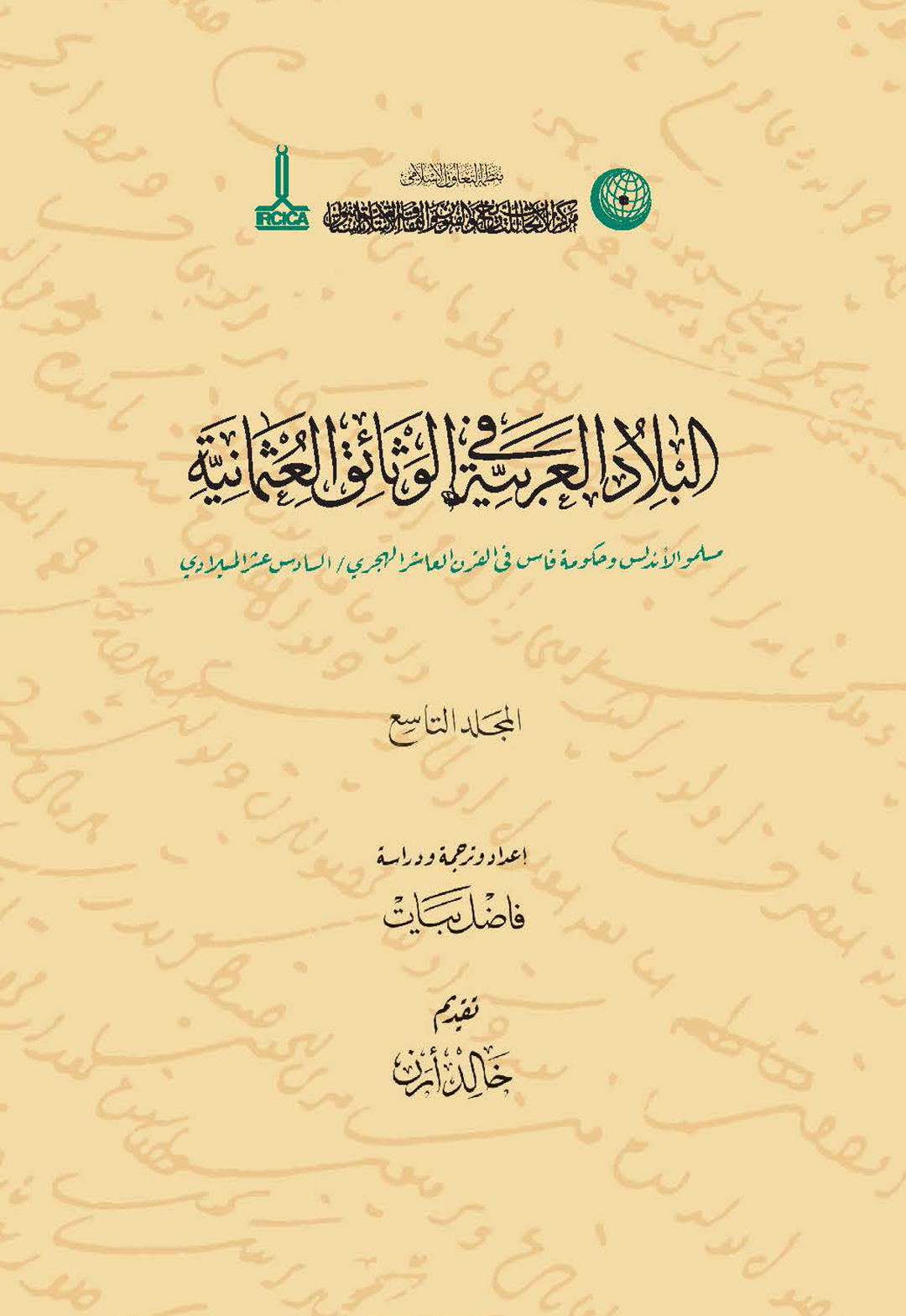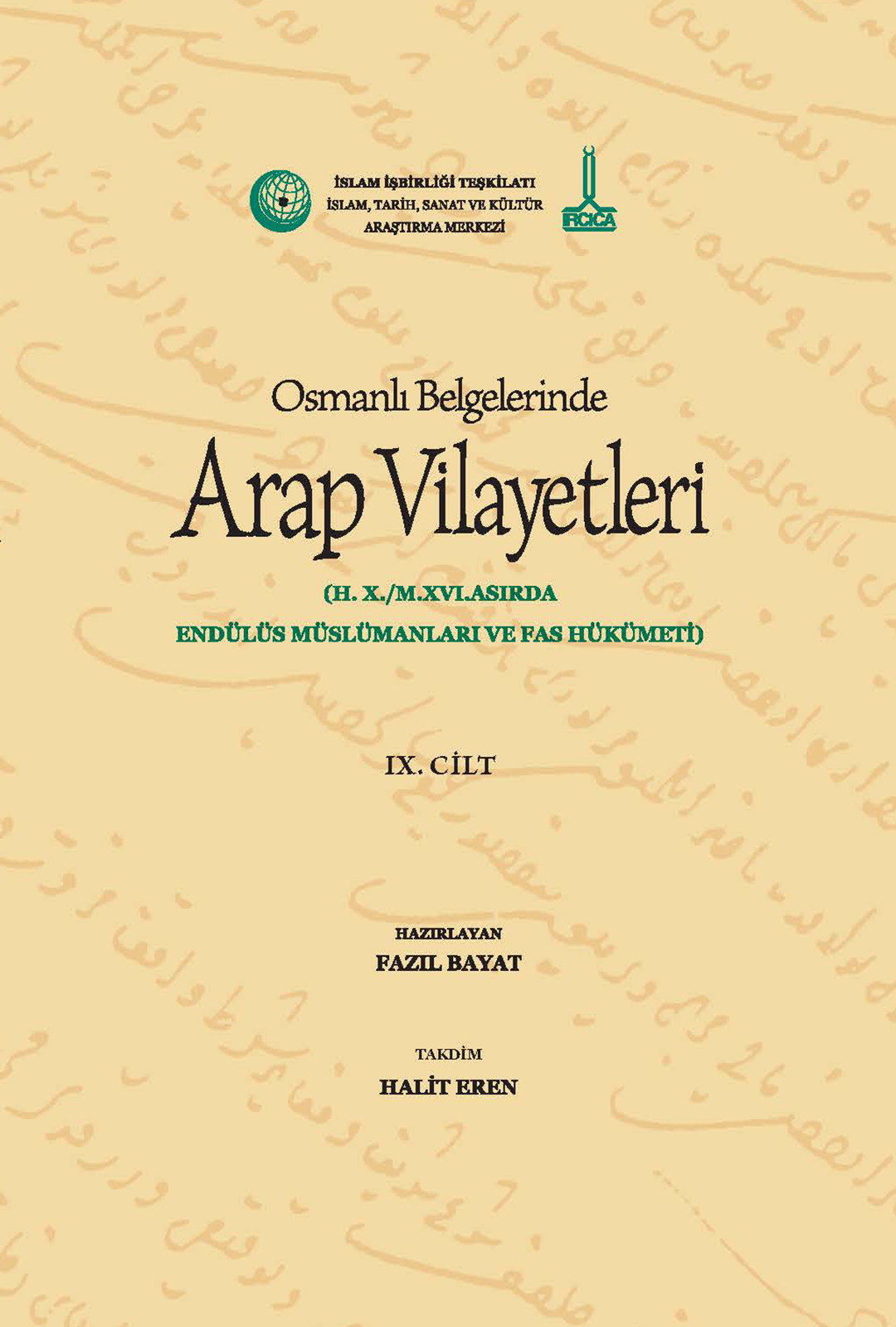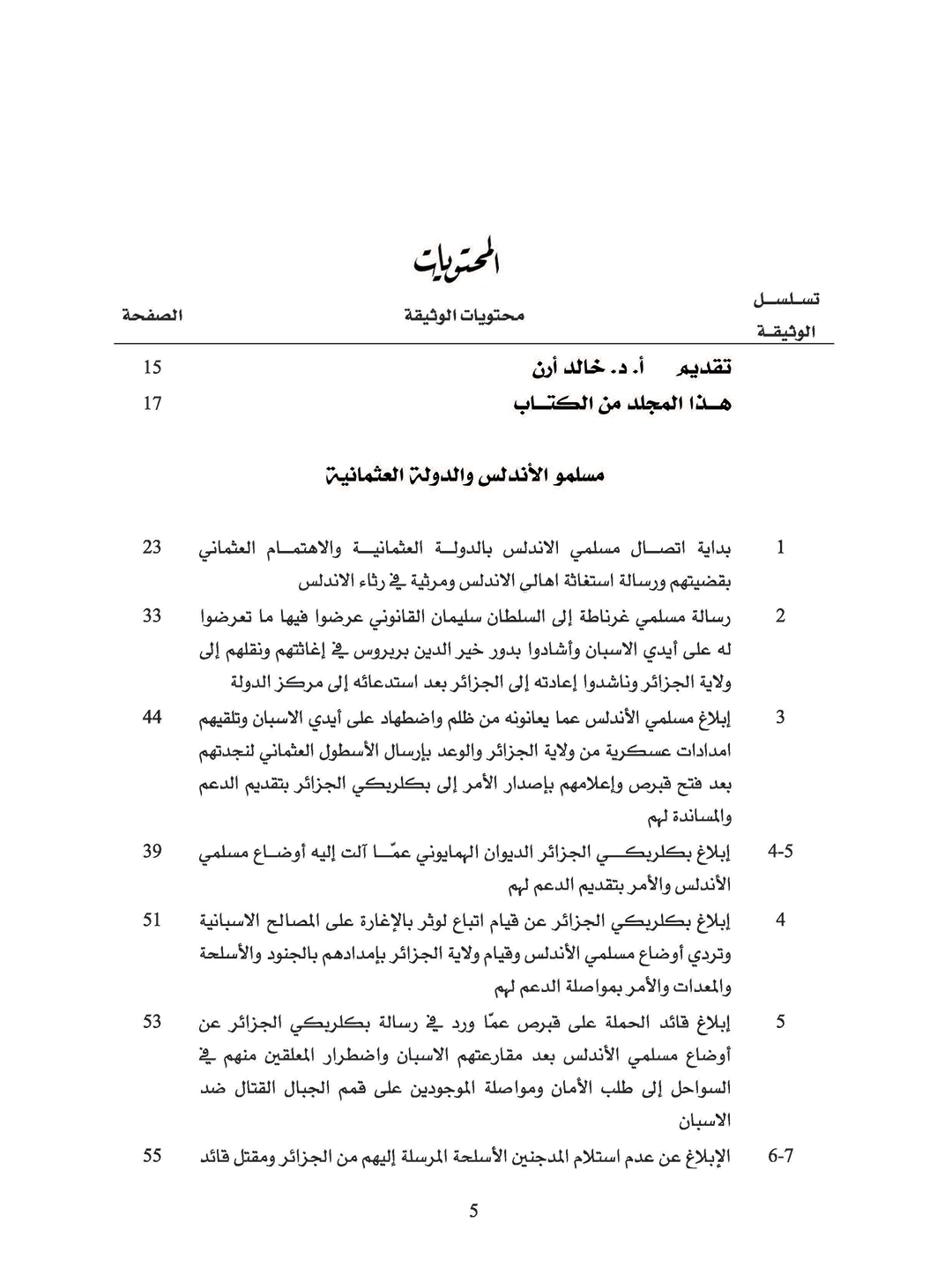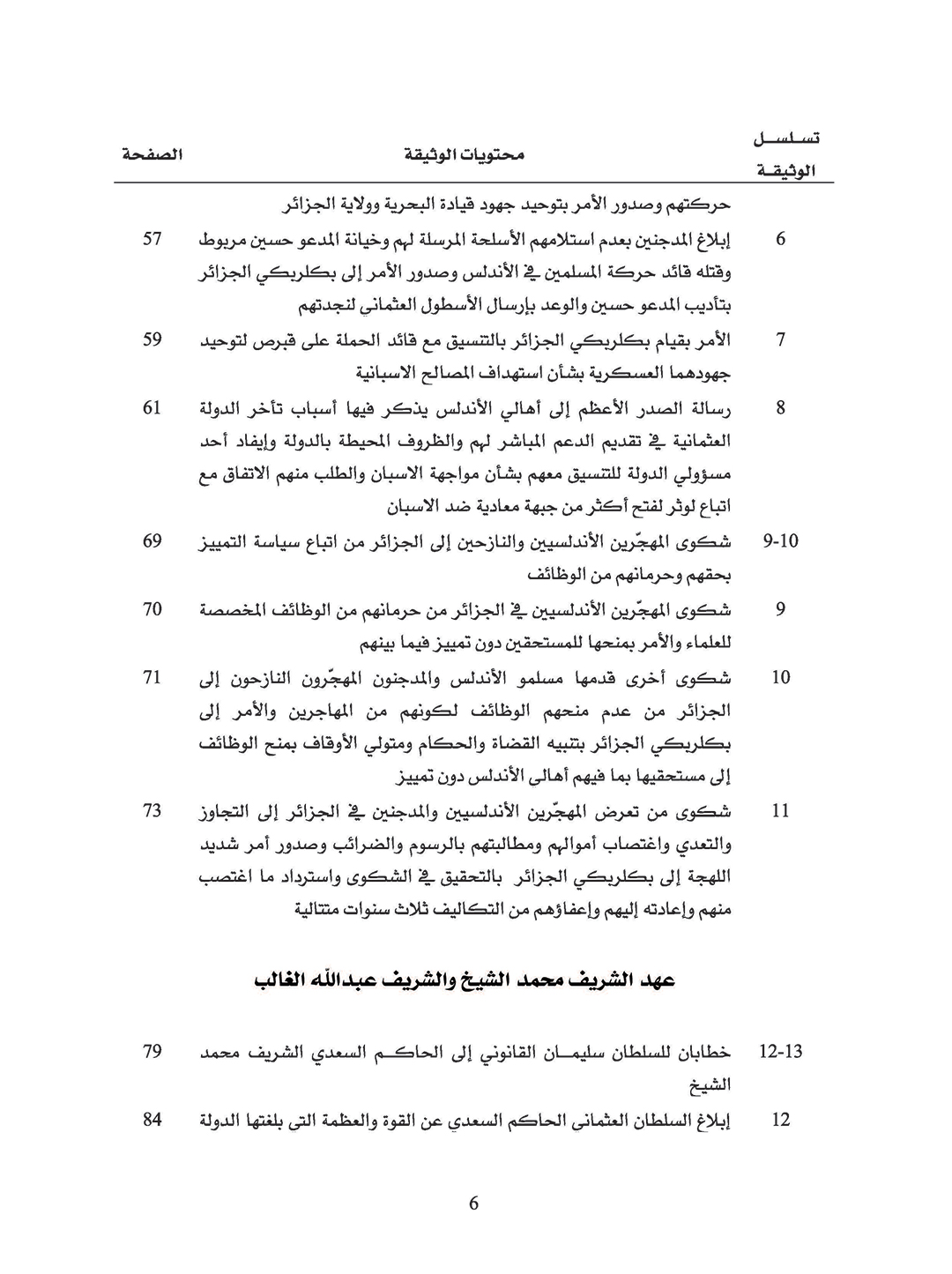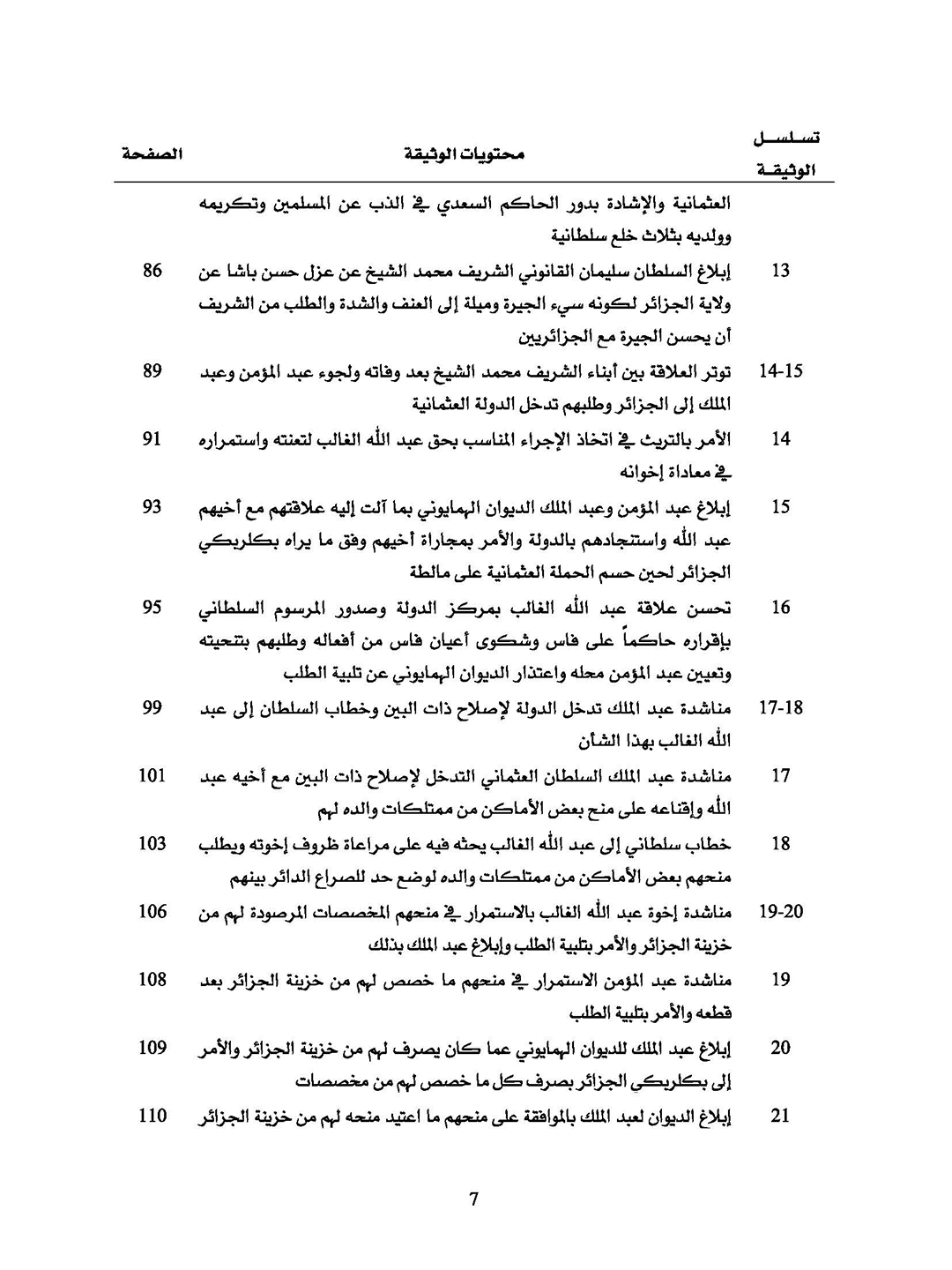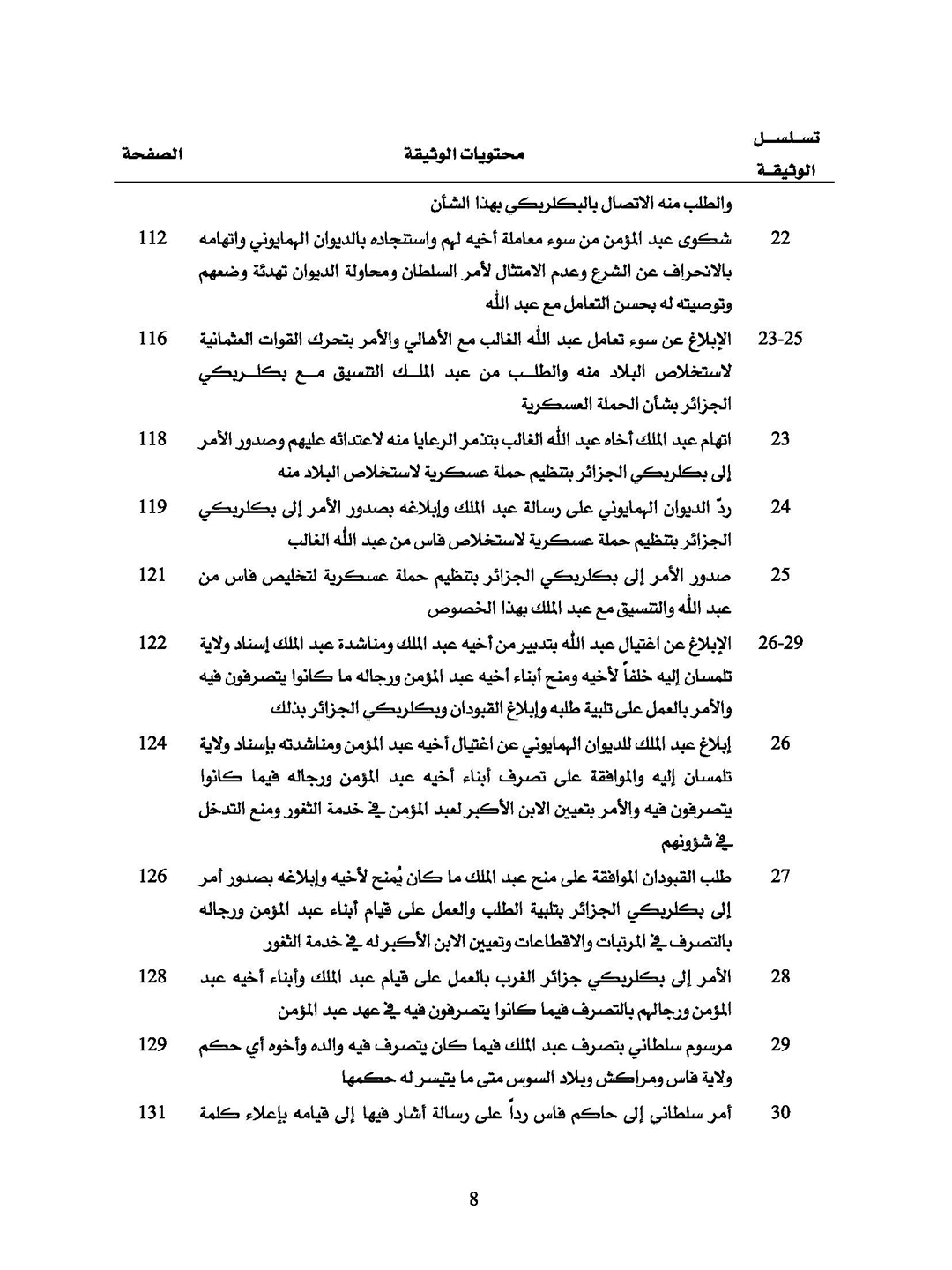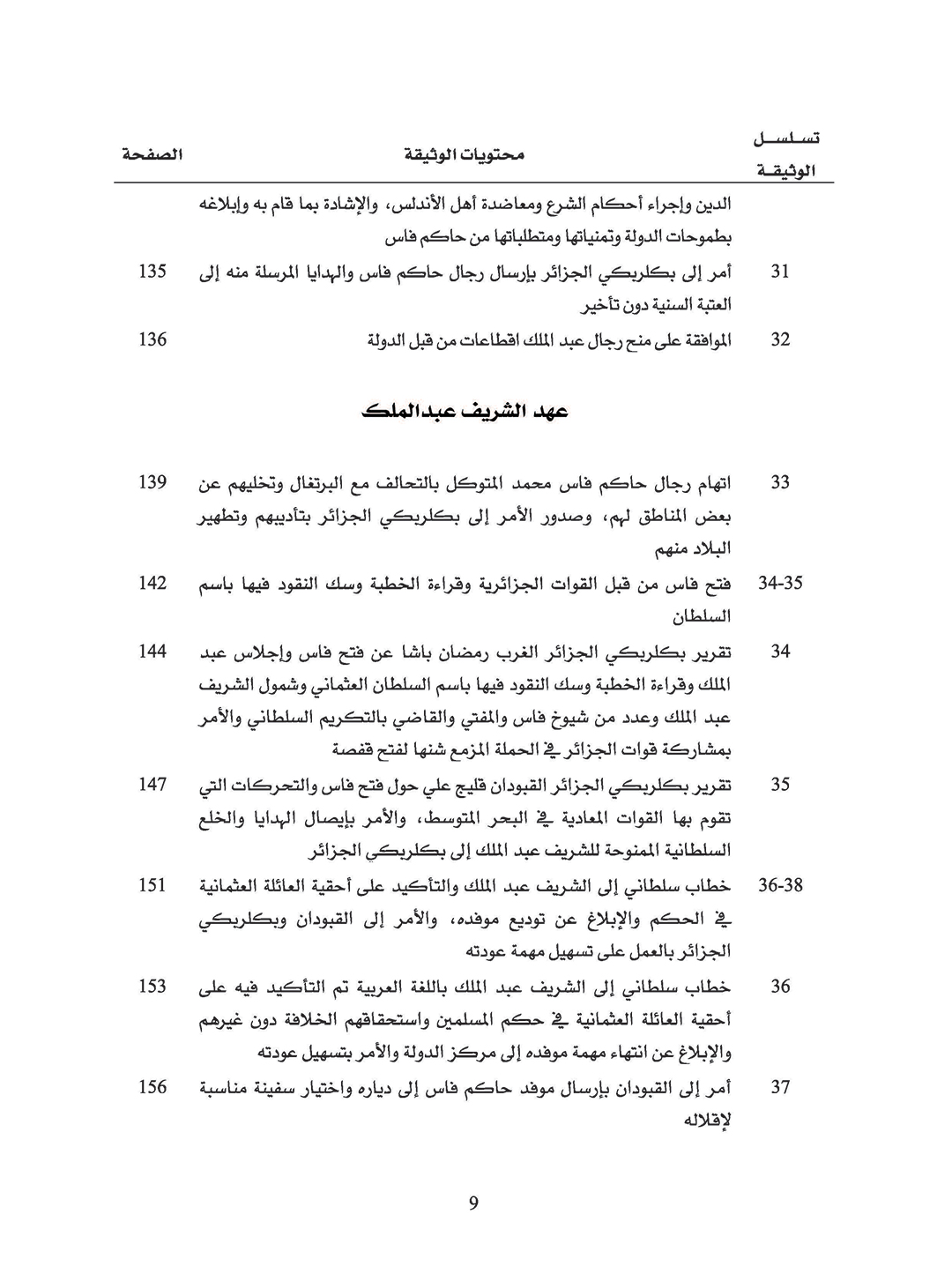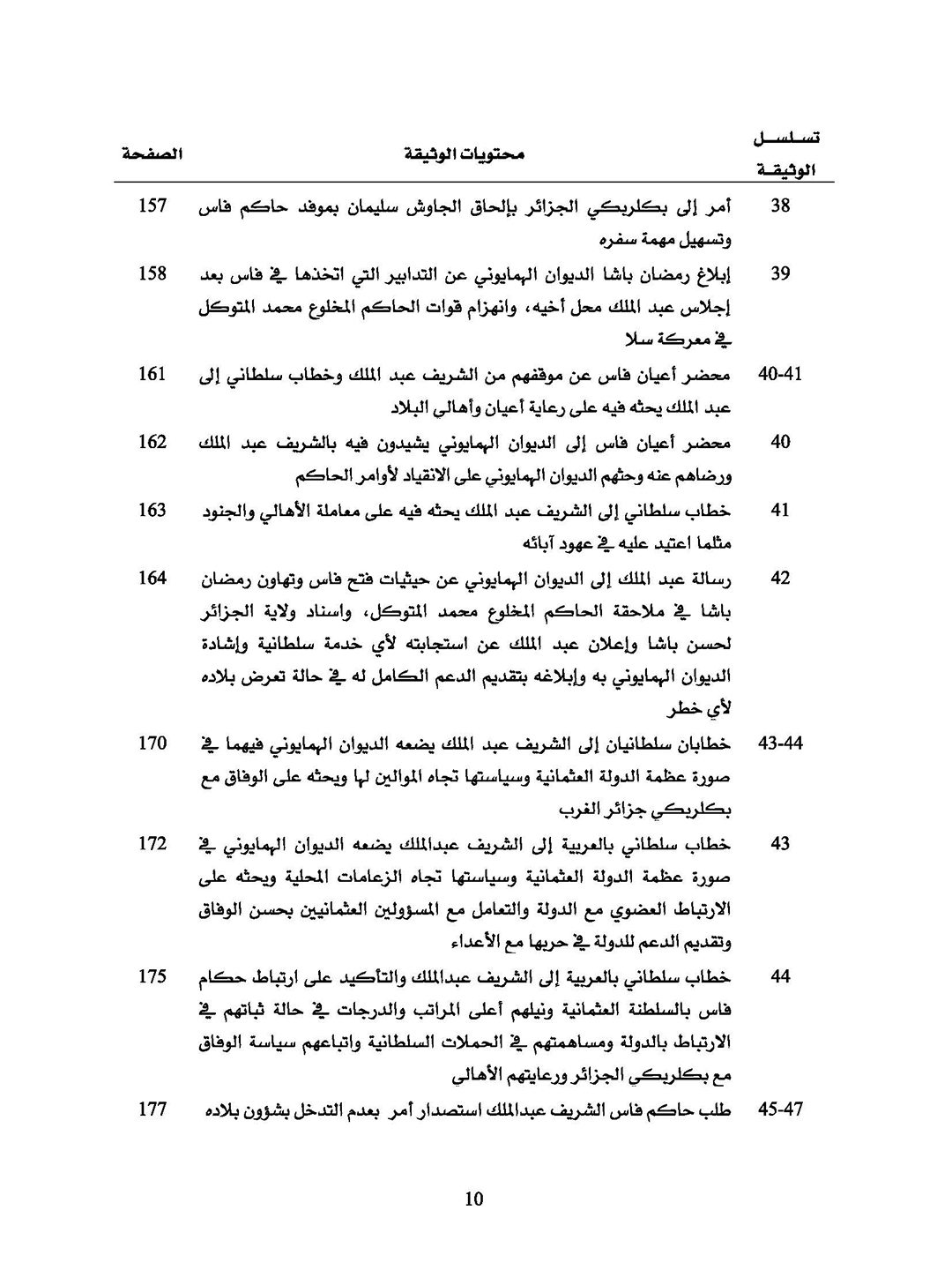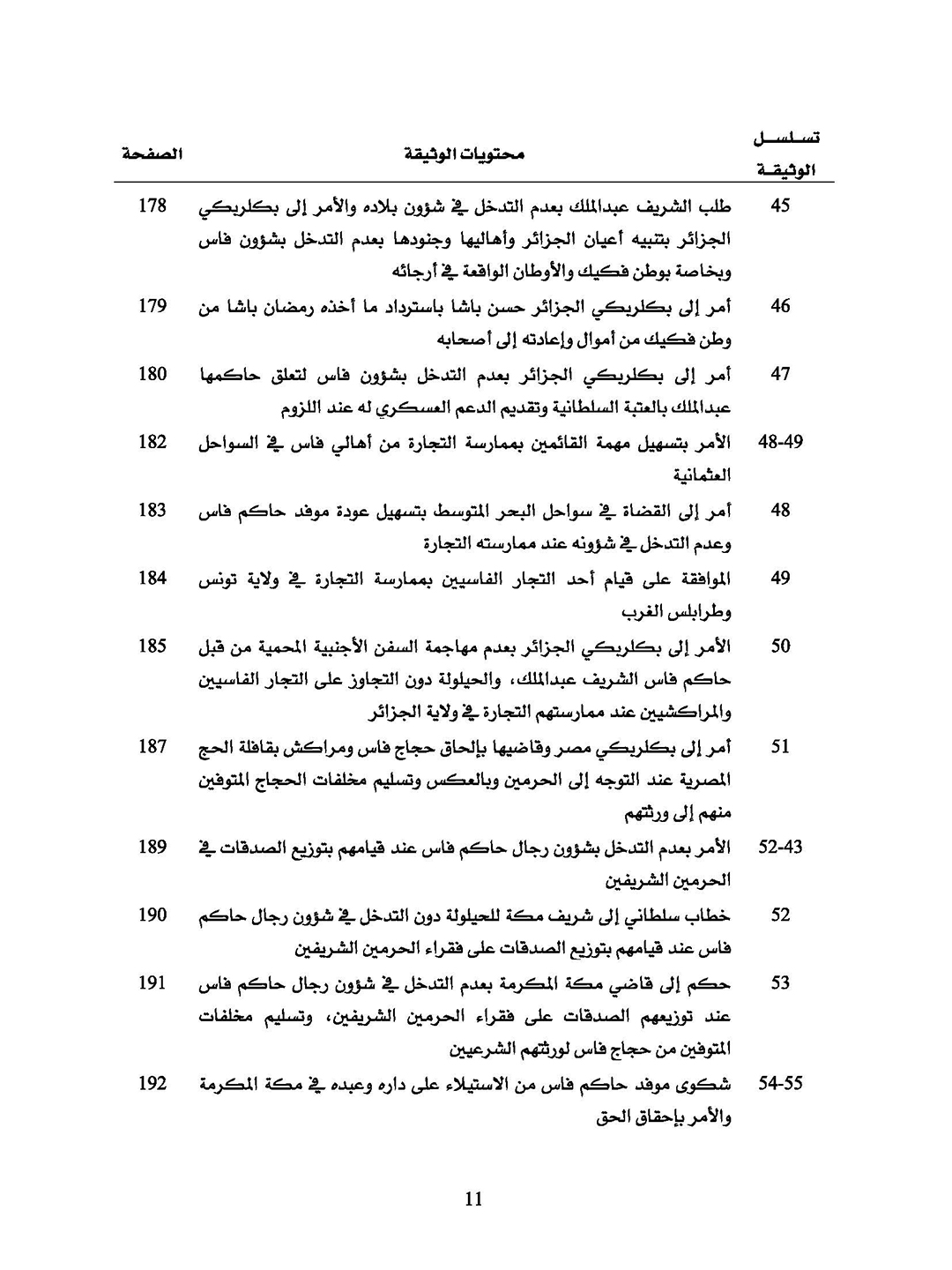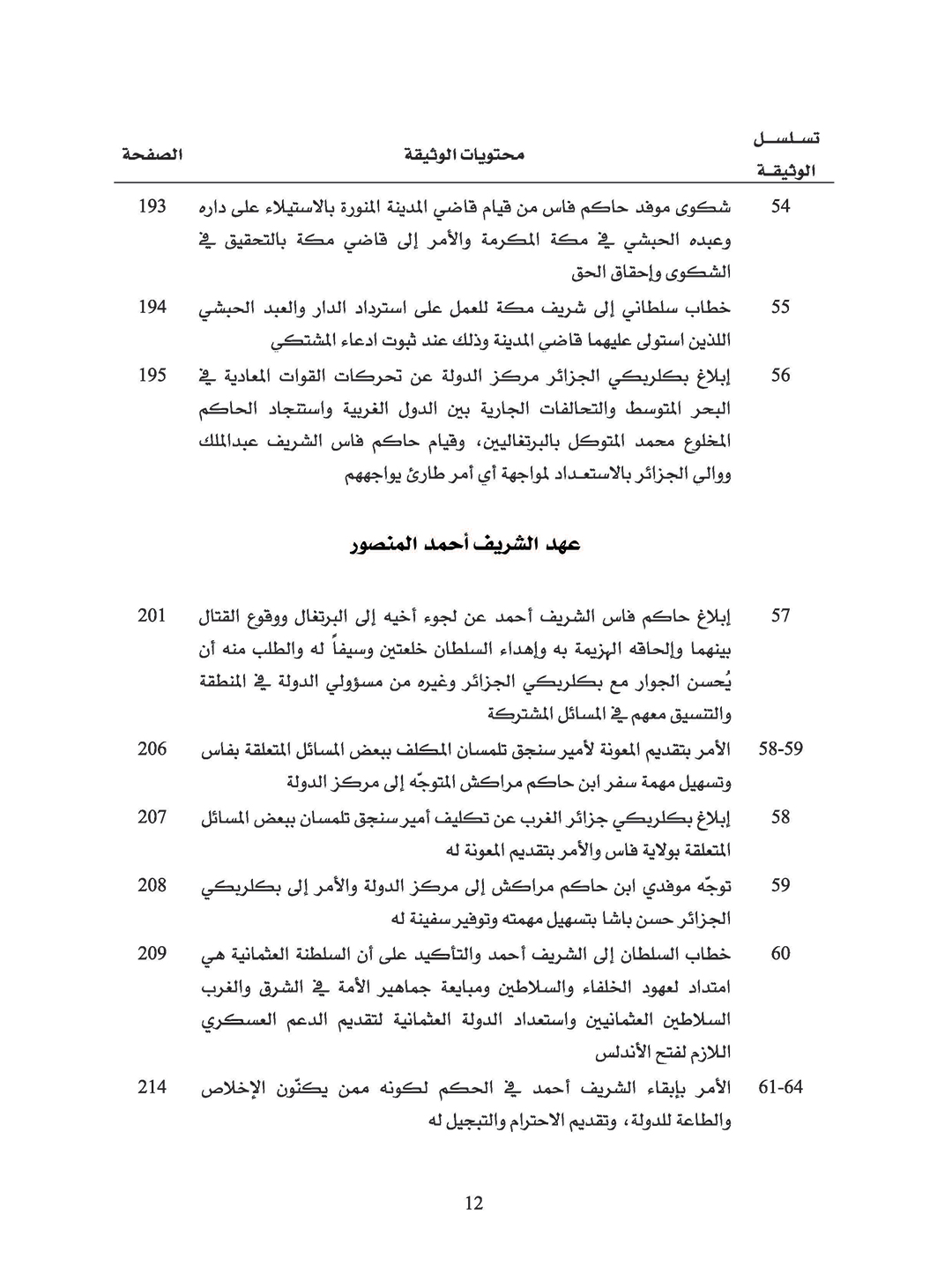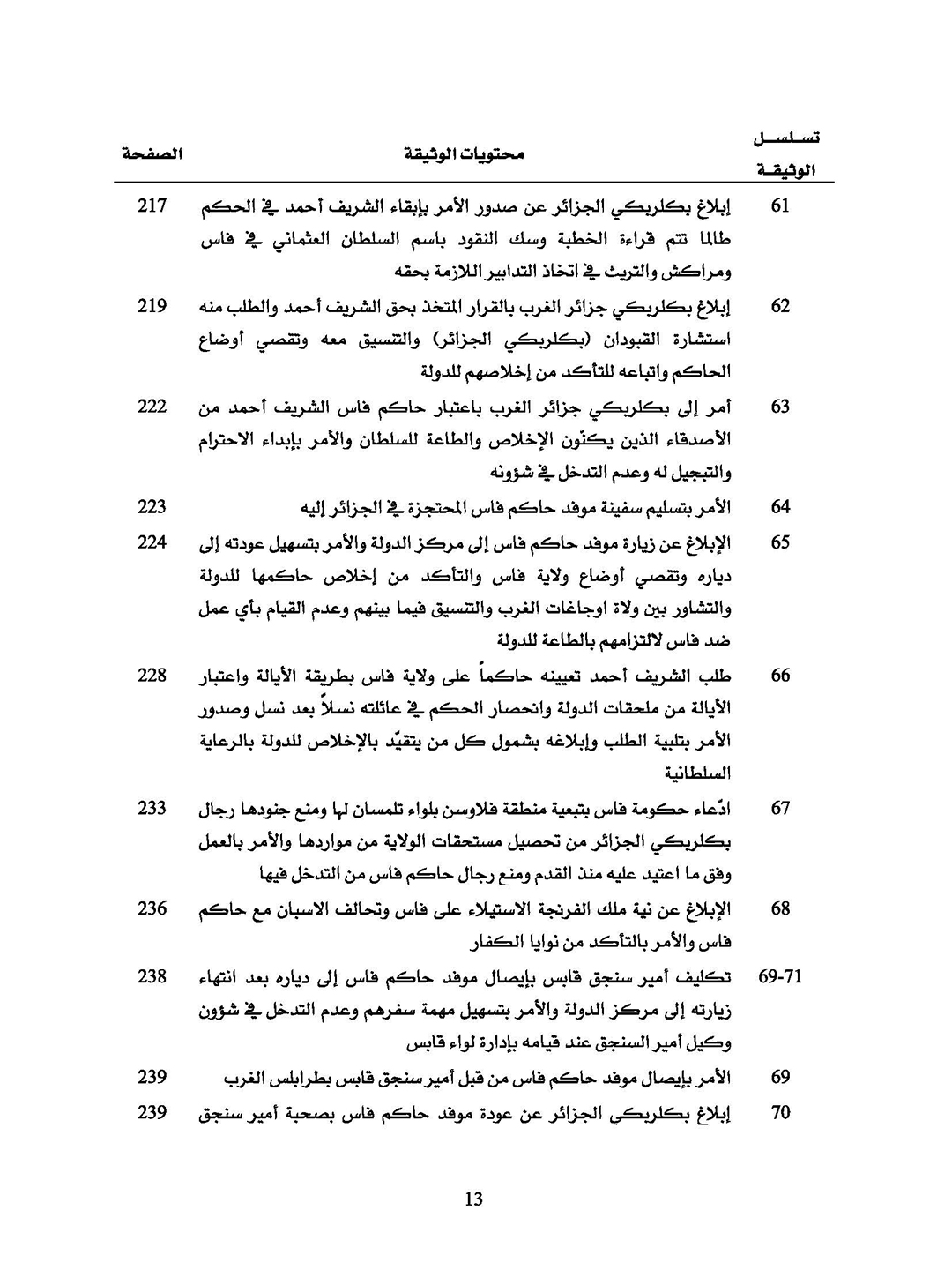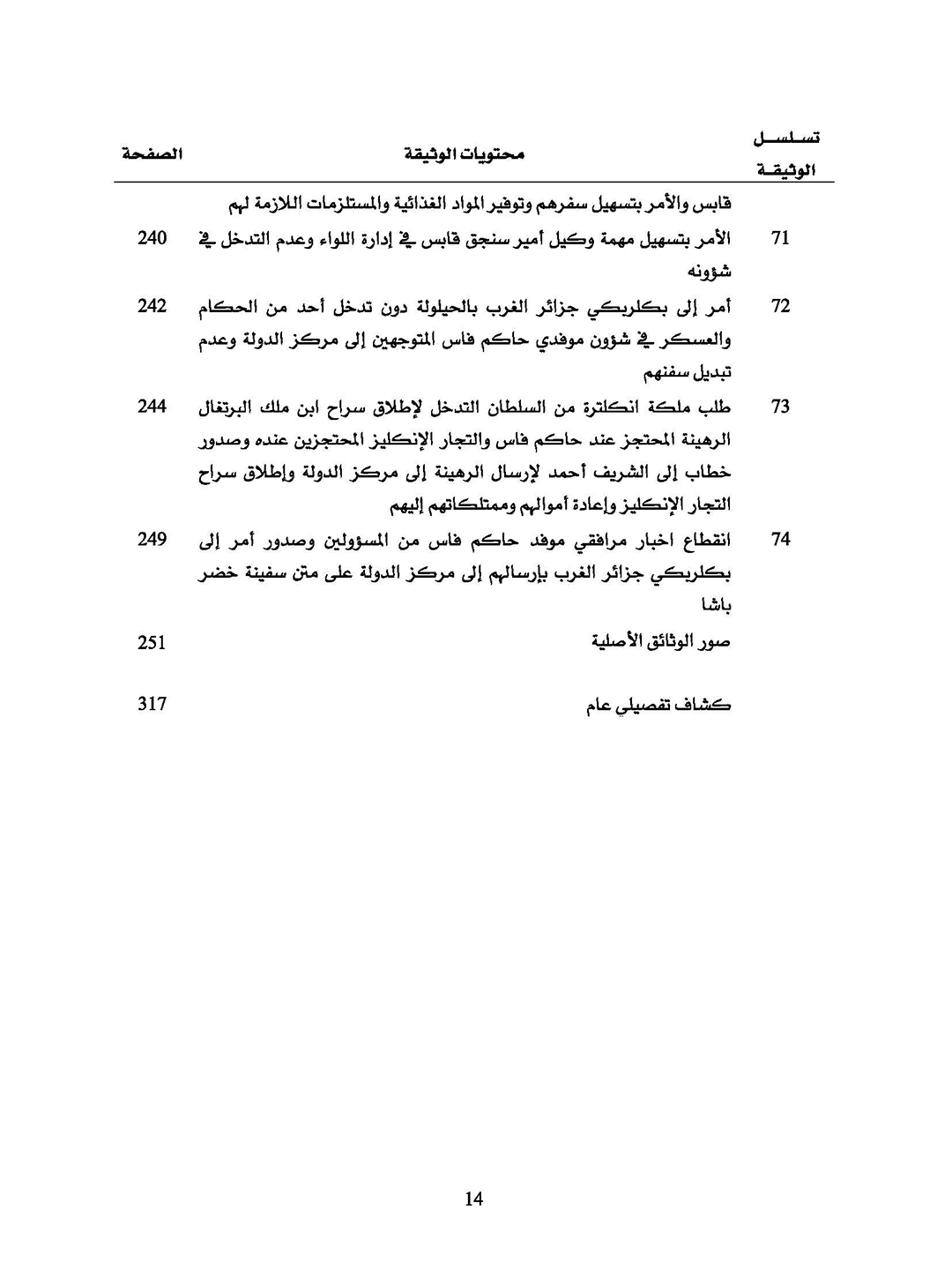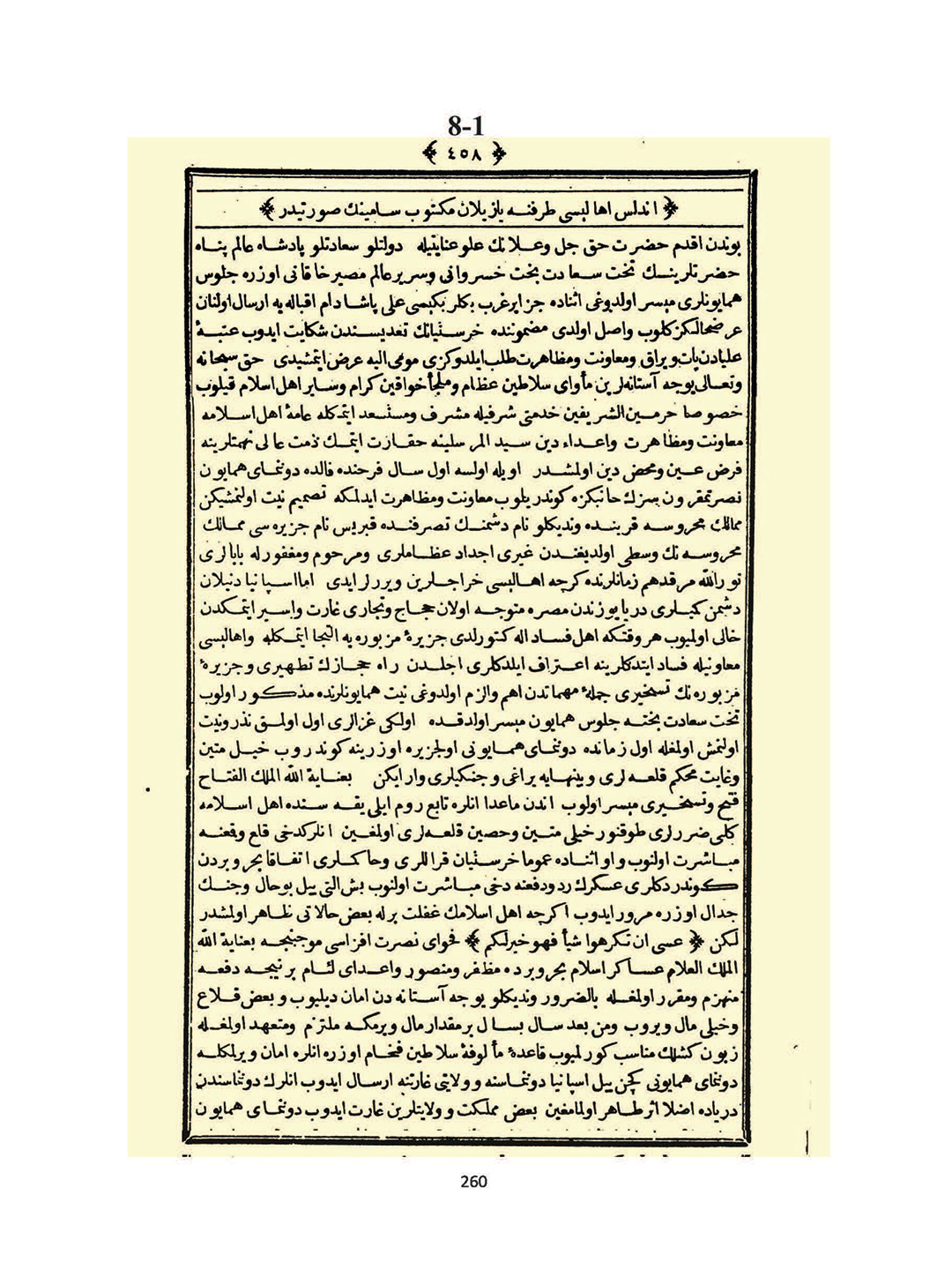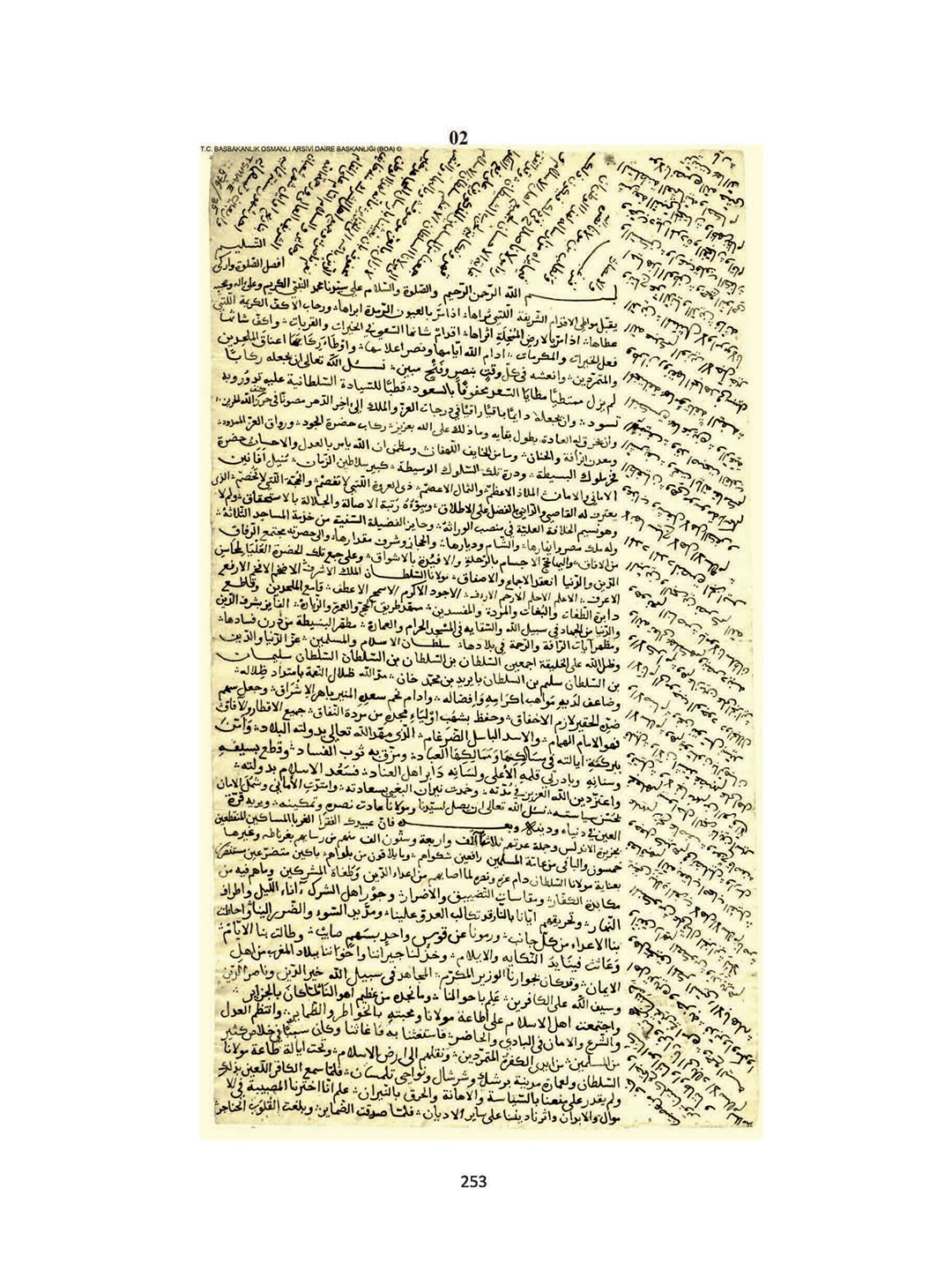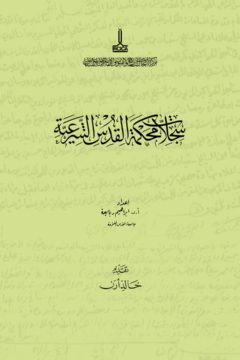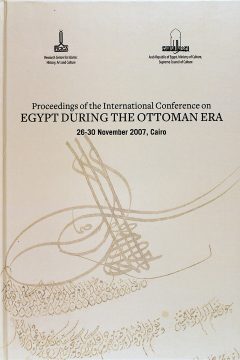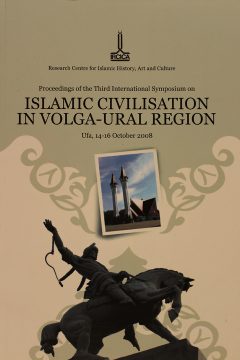This volume is seventh in the Series History of Arab Countries Through Ottoman Archive Documents. It is arranged in two parts: the first part focuses on documents the Muslims of Andalusia and the Ottoman State, and the second one, on documents relating to the Government of Fez in the 16th century. With this geographical focus, the volume expands the coverage of the entire series westward. The first three volumes, which were published in 2010, 2011 and 2014 respectively, comprise documents from the periods of the Ottoman sultans Selim I (1512-1520) and Suleyman the Lawgiver (1520-1566) on matters concerning the Arab lands. The fourth volume, published in 2015, is related to the Haramayn (Makkah al- Mukaramah and Madina al-Munawara) in the period of Sultan Selim II (1566- 1574). Volumes V and VI published in 2017 are related to the Iraqi provinces of the Ottoman Empire during the reign of Sultan Selim II. Each volume contains the reproductions of selected archival documents in Ottoman, together with their translations and study in Arabic. The main purpose is to render these authentic sources accessible to historians and researchers whose working language is Arabic.
In its first part, The Muslims of Andalusia and the Government of Fez in the 10th Century H/16th Century AD has three chapters; namely “The period of Sharif Muhammed al-Sheikh and Sharif Abdullah Al-Ghalib”; “The period of Sharif Abdul-Malik” and “The Era of Sharif Ahmed Al Mansour”. The documents show the importance given by the Ottoman State to the Muslims of Andalusia following the fall of Granada, the circumstances that impeded its helping them to survive in their land, and the assistance that it was nevertheless able to extend to them in one way or another, particularly in the transfer of groups of peoples from the Spanish coasts to various parts of the Ottoman territory. According to the author of the book, if the Ottomans had obtained access to Andalusia before the fall of Granada, the course of history would have changed and the Muslims of Andalusia would have survived with their Arab cultural identity. The second part of the book touches upon the relationship between Fez and the Ottoman State, especially in the Saadi Era. This section throw light on aspects of this relationship that are generally unknown to researchers who have not deciphered these documents in particular

